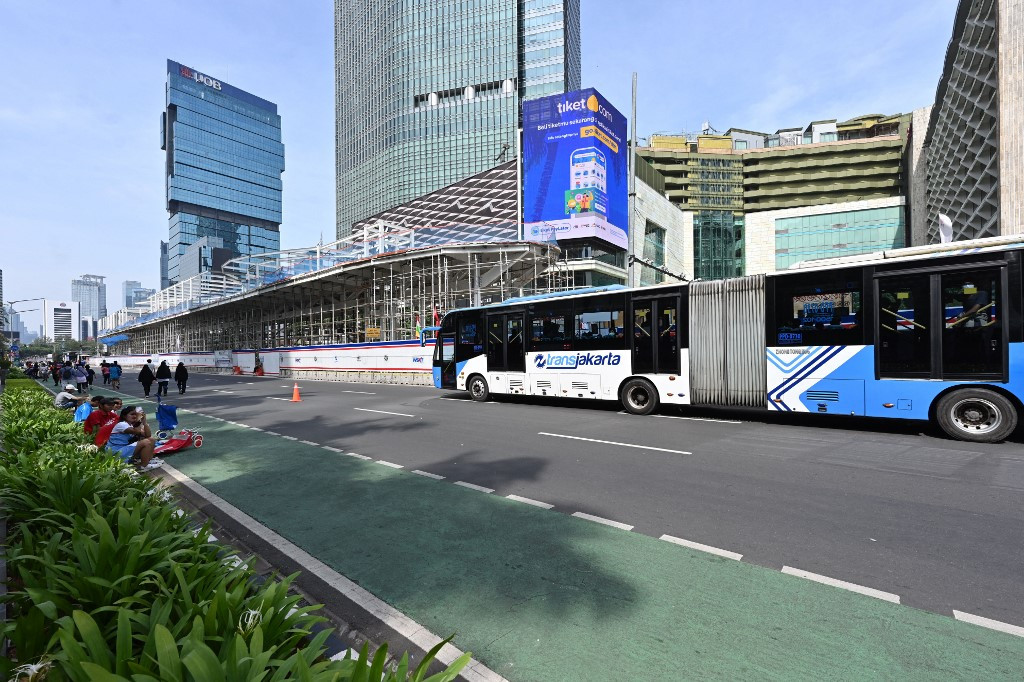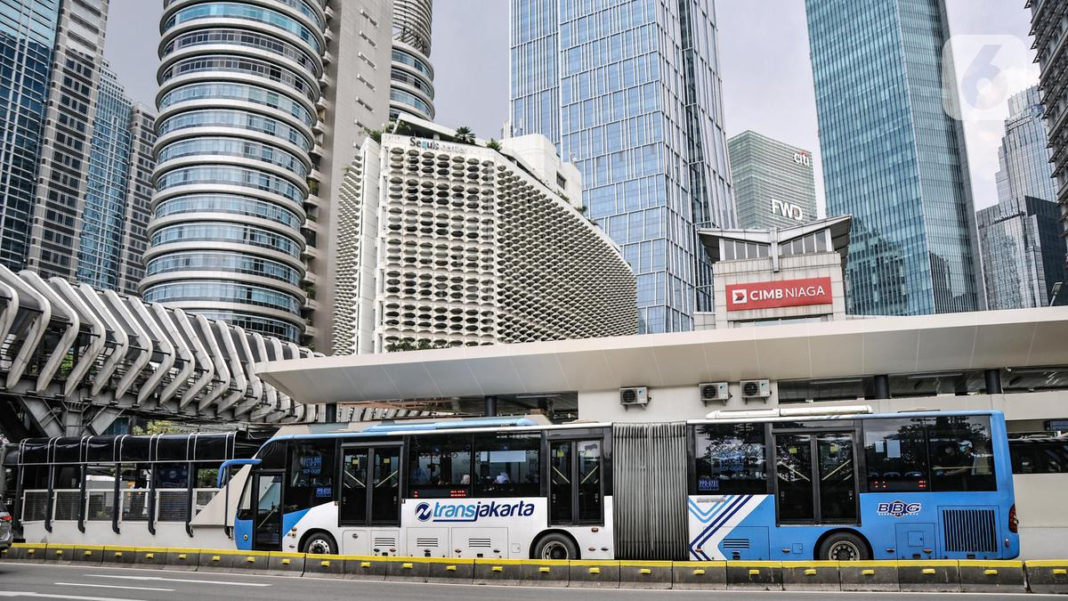The Growth of TransJakarta
TransJakarta has grown from 12 km to 251 km over 19 years, becoming the world’s largest Bus Rapid Transit (BRT) network, transporting a million passengers each day. The Indonesian capital was then notorious for its frequent traffic jams and air pollution. In search of a solution, Jakarta began developing a Bus Rapid Transit (BRT) system called TransJakarta in 2004.

Advantages of TransJakarta
TransJakarta has now grown into the world’s largest BRT system, with a total length of 251 km, transporting a million passengers each day in the city of 11 million people. The BRT fare is 3,500 rupiah ($0.23) per trip and has been kept the same for the past 19 years thanks to government subsidies. The feeder system, consisting of hundreds of minibuses and cars, helps the BRT network reach 88% of residential areas and Jakarta’s vast satellite cities.

Impact on the Environment
“When there are 40 passengers on the bus, it means there are 40 fewer personal vehicles on the road, which means reducing carbon emissions. With future advancements, such as using electric buses, the amount of emissions will be reduced even more,” says Gonggomtua Eskanto Sitanggang, Deputy Director of the Institute for Transportation and Development Policy (ITDP) Indonesia, an agency supporting TransJakarta.
The Future of TransJakarta
The city is hoping that BRT will help achieve the goal of net-zero emissions by 2050 and wants to quickly transition to an electric bus system, with a goal of reaching 100% electric buses by 2030.
With the progress and achievements made, TransJakarta is not only a symbol of Jakarta but also an exemplary model for sustainable development in public transportation. TransJakarta has and continues to contribute to improving the quality of life for Jakarta residents and reducing environmental impact.














